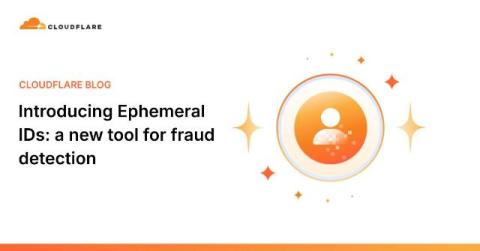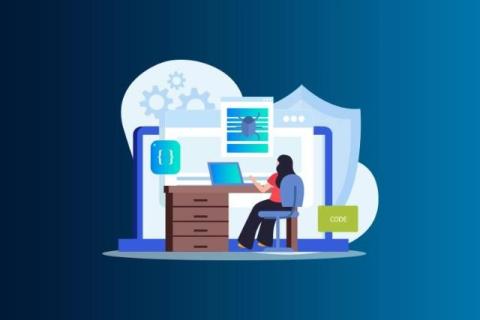Effortlessly Migrate Your AKS Clusters to Azure Container Storage Using CloudCasa
Azure Container Storage is a cloud-based volume management, deployment, and orchestration service built natively for containers. It integrates with Kubernetes, allowing you to dynamically and automatically provision persistent volumes to store data for stateful applications running on Kubernetes clusters.










